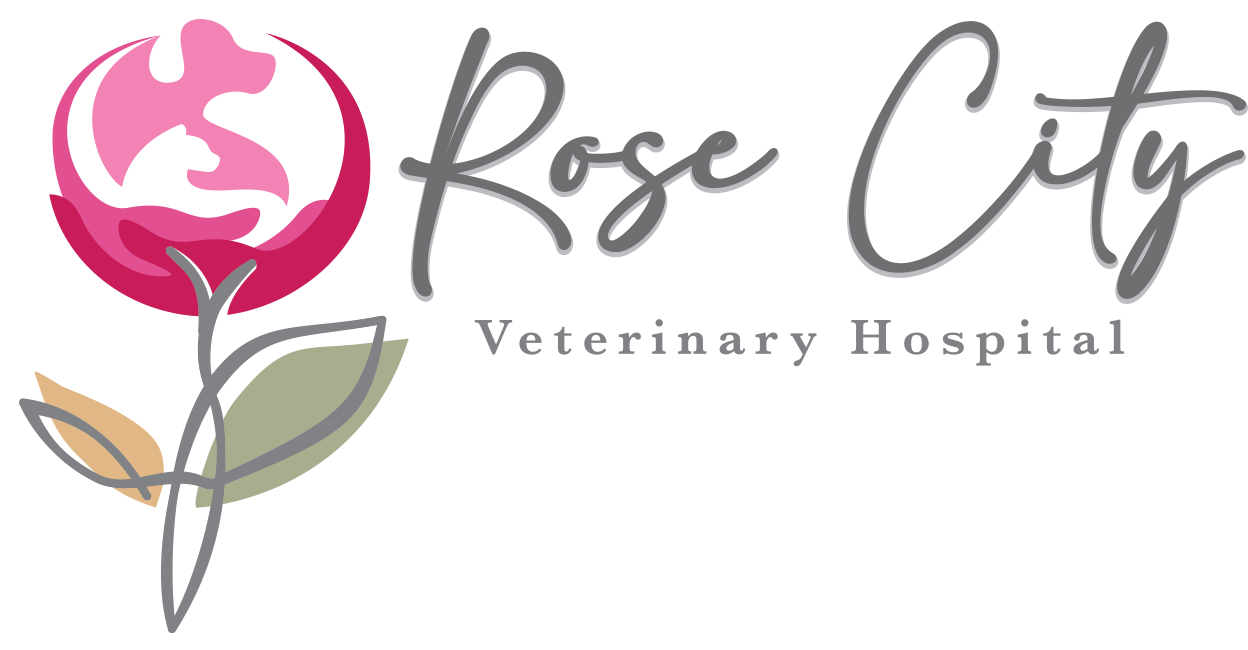Library
-
The Silky is truly a terrier; thus, they can be scamps, scattering laundry about the house, staring down the pet guinea pig in its cage, barking a welcome or warning to all who walk down the street. Yet, they can be charming, fun and great companions.
-
Skunks spray volatile compounds from their anal sacs if they feel threatened by a potential predator such as a dog. If sprayed in the face your dog may need veterinary care, as corneal damage can occur if sprayed in the eyes, and vomiting, diarrhea, or anemia can result if sprayed in the mouth.
-
Still the strong diggers with good hearing and good sense they were originally bred to be, Skye Terriers think for themselves and do their jobs without instruction. Crackerjack vermin hunters, personal guardians, and devoted companions, Skyes take life seriously and won't give up or give in when they think it's important.
-
The Smooth Fox Terrier loves to play, and he's always up for a good game of fetch (although he might not bring the ball back), tug-of-war (he doesn't like to lose), or just lots of running around, hiking, exploring, sniffing, and barking.
-
The family of Colubrid snakes comprises over 1,000 different species. Most individuals in this family of snakes, except the boomslang snake, are non-venomous. Colubrids generally make very good pets and come in a variety of colorful patterns.
-
While there are many species of pythons and boas, those noted here are among the easiest to keep. However, constrictor snakes, like the very large, reticulated python, can be dangerous in the hands of an inexperienced keeper, while others, such as the royal python, can be frustrating because of their long periods of not eating.
-
It is key for the health and safety of all snakes that proper housing be planned for the eventual adult size of your pet snake. For their enjoyment, hide boxes and branches are beneficial additions to the caging environment. Proper bedding, lighting and heat sources will differ depending on the species and size of your snake.
-
Dogs, like people, need to practice their social skills. Spending time with other dogs will help your dog hone his ability to read his friends’ body language and to communicate effectively. These skills decrease the development of dog related fear and aggression. Play groups in an organized or more relaxed setting are beneficial for both your growing puppy and adult dog. Canine and human socialization occur simultaneously and dog owners enjoy meeting new friends, too. Watching dogs play is a great way to reduce your stress level. Socializing should be pleasant for you and your dog, so find a comfortable group and setting and have fun!
-
Socialization is the process during which the kitten becomes familiar with people, other animals, and many aspects of their environment. Kittens are primed for socialization when they are between two and seven weeks old. As soon as kittens have settled into their new home, they can begin gentle exposures to a wide range of stimuli that they may encounter as adults.
-
The Wheaten's terrier alertness is tempered by the steady temperament of a dog who is used to helping out around the farm. These dogs love their people and their people's friends, and like to demonstrate their love by jumping up on all concerned.



